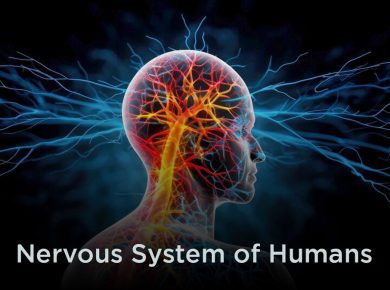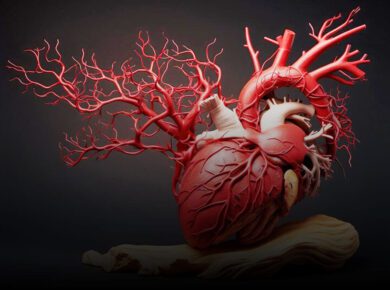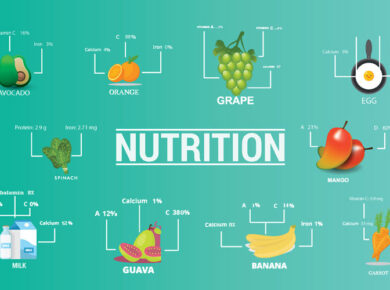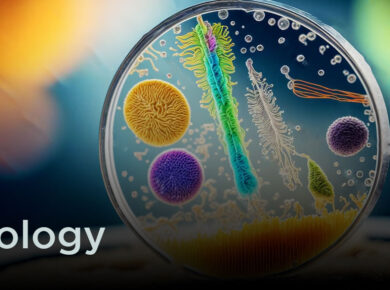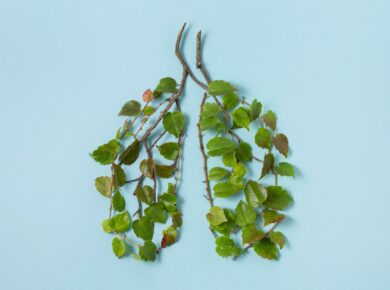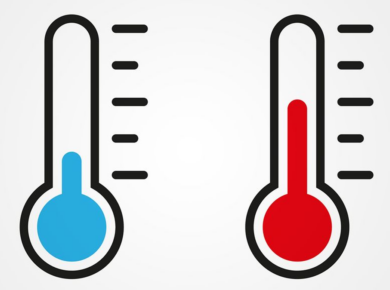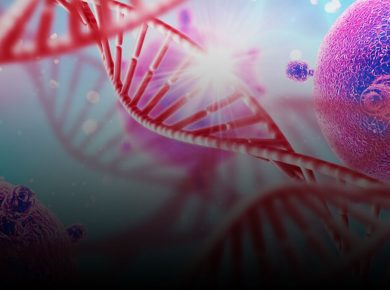Heridity and Variation
Whenever an infant is born in a family, the relatives begin to wonder about the resemblance of the infant’s eyes, facial features, complexion, colour of hair with those of the parents, siblings and grandparents.
The source of such resemblances and differences are in the “genes” that are passed down from parents to children and so on generation after generation. This inheritance of genes is termed ‘heredity’ the study of heredity is ‘Genetics’. New individual develop according to the genes inherited from their parents.
It is further observed that siblings from same parents are unique and differ from each other except the identical twins. Such differences are termed variations. Variation in a population is very important. It has survival value for the population.
This is because if the environment changes, some individuals (variants) may be able to adapt to new situations and save the population from dying out. Variation arises due to mutation or sudden change in the genes.
Variation also arises because genes get shifted and exchanged during meiosis’ at formation of gametes, giving rise to new gene combinations. At fertilization, there is random mixing of parental chromosomes. Such a source of variation which is most common is called recombination. Variation arises because of mutation and recombination.
Heredity and Variation are fundamental concepts in genetics. Here are key points about each:
Heredity:
- Definition: Heredity refers to the passing of traits or characteristics from parents to offspring through genes. These traits can be physical, like eye color or height, or behavioral, like instincts.
- Genes and Chromosomes: Traits are carried by genes, which are located on chromosomes. Each organism inherits half of its genetic material from each parent, forming a unique combination.
- Dominant and Recessive Traits:
- Dominant Traits: These are expressed when at least one dominant allele is inherited (e.g., brown eyes).
- Recessive Traits: These are expressed only when two recessive alleles are inherited (e.g., blue eyes).
- Mendel’s Laws: Gregor Mendel’s laws of inheritance (Law of Segregation and Law of Independent Assortment) explain how traits are inherited independently or together.
- Genotype and Phenotype:
- Genotype: The genetic composition (the alleles an individual carries).
- Phenotype: The physical expression of those genes (the trait observed).
- Inheritance Patterns: Inheritance can follow different patterns:
- Autosomal Dominant: A single copy of the dominant allele causes the trait to be expressed.
- Autosomal Recessive: The trait is expressed only when two copies of the recessive allele are inherited.
- Sex-Linked Inheritance: Traits linked to the sex chromosomes, often seen in X-linked traits (e.g., color blindness).
Variation:
- Definition: Variation refers to the differences in traits among individuals within a population. These differences contribute to the diversity seen in nature.
- Types of Variation:
- Genetic Variation: The differences in DNA sequences among individuals, which can result from mutations, recombination, or gene flow. It is the primary source of variation.
- Environmental Variation: Differences caused by environmental factors, like nutrition, climate, and lifestyle, affecting the expression of traits.
- Causes of Genetic Variation:
- Mutations: Random changes in DNA that can introduce new alleles into a population. Mutations can be neutral, beneficial, or harmful.
- Crossing Over: During meiosis, homologous chromosomes exchange genetic material, leading to new combinations of alleles.
- Random Fertilization: The random combination of gametes (egg and sperm) introduces variation in offspring.
- Independent Assortment: The random distribution of maternal and paternal chromosomes during meiosis, resulting in varied genetic combinations in gametes.
- Types of Variation in Traits:
- Continuous Variation: Traits that show a range of phenotypes, such as height, weight, or skin color.
- Discontinuous Variation: Traits with distinct categories, like blood type or flower color.
- Importance of Variation: Variation is crucial for the survival and adaptability of species. It allows populations to evolve over time and adapt to changing environments through natural selection.
- Evolution and Natural Selection: Variation is the raw material for evolution. In a population, advantageous traits (due to genetic variation) may increase an individual’s chances of survival and reproduction, leading to those traits becoming more common in future generations.
Connection between Heredity and Variation:
- Heredity passes on genetic material that determines traits, while variation ensures that not all offspring are identical, allowing for diversity and evolution within populations.
- Genetic recombination during reproduction, influenced by both heredity and variation, ensures that every generation has unique combinations of traits, contributing to both the stability and adaptability of species over time.
Understanding heredity and variation helps explain how organisms inherit traits and how populations evolve and adapt through generations.

